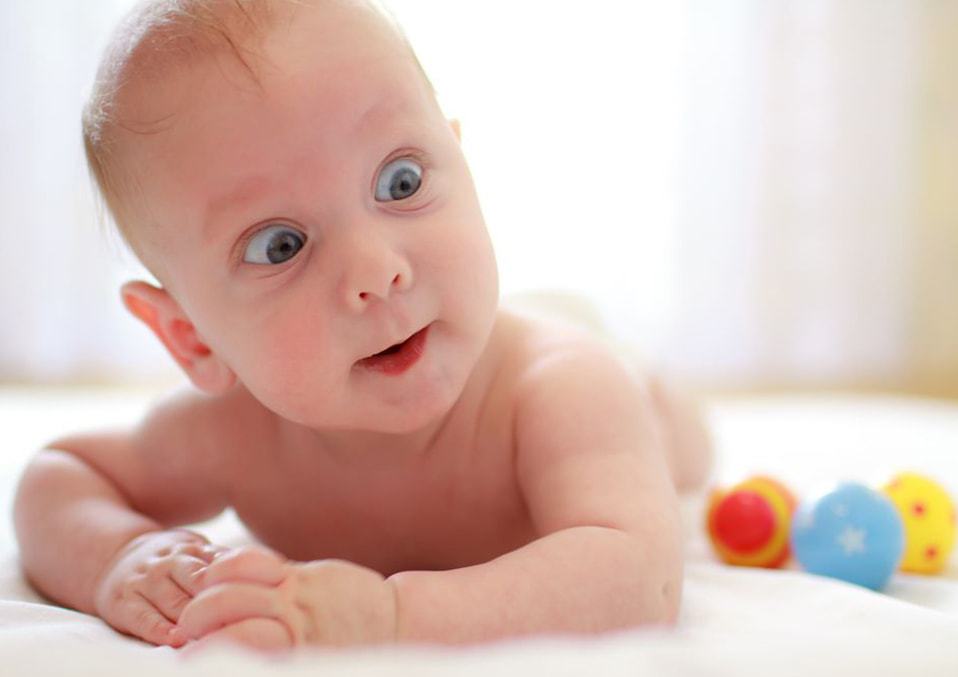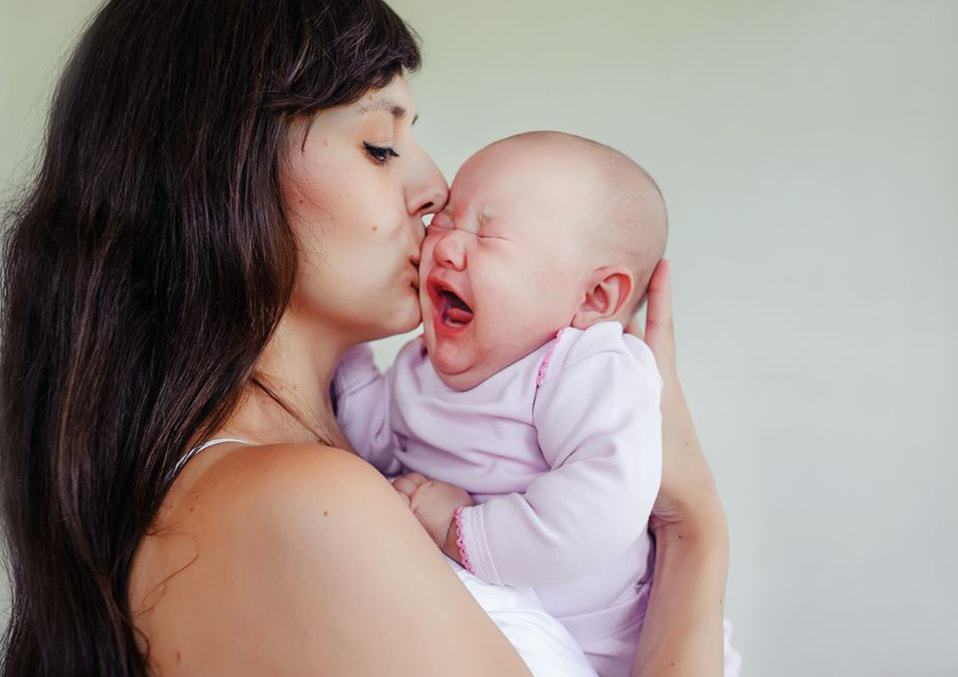It is not unusual for a baby to speak to his words before they are old enough to use their facial expressions. It allows them to tell mom, dad, and anyone who listens to what they honestly think.
Babies and their facial expressions

While crying and baby sad faces say something is incorrect, the facial expressions of a newborn are what provides a more particular indication. It allows the well-meant adult to find out what’s wrong. But of course, a baby (like any adult) shows his facial manifestations when he is fascinated, amazed, frightened, and even bored. Yes, despite being in a phase where they can’t help but explore and learn everything about themselves, even newborns get bored.
It’s delightful to see them express themselves or at least attempt with their eyes, nose, and mouth if anything else. And there’s, of course, the pleasure of being free to take in the light bulb when a mother or father finally understands why the kid has a particular facial expression.
What are the everyday expressions of a baby?

Seeing a child display its facial curiosity is one of the most significant stuff ever. Babies don’t usually stop when you’re surprised by something, even if it’s the least little thing, from zooming in with their eyes to making the most lovely wiggle ever, and to the infamous “oh” and “ah” face. Here are some signs to help you determine what your child wants you to know:
- Fascination
The signs: Zoom in on something with your gaze and reduce or elevate your eyelashes; mildly agape lips. May squeeze into the thing on which she is focused, point, or move.
- Distress.
The signs: Corners of the lips twitch, and both eyebrows in the center. If shedoesn’tcry, her chin is probably trembling.
- Boredom
Signs: Watch your attention by screaming, weeping, or even throwing a toy. When you respond, she can also smile or giggle.
- Anger
The signs: red-faced, closed mouths squared. When you touch her, she can press or bat your hand.
- Discomfort
The signs: intense and urgently weeping with the grunting noise that looks like “rrrr.” He spurts up his chest or takes his feet up.
- Joy
The signs: A broad smile, with risen cheeks and wrinkles forming at the eye corners. May wave or clap in a high pitch while bubbling.
- Fear
The signs: Open eyes, frozen. The fingers and the face tremble. Can be very quiet or screaming.
How can you stop your baby from crying?

Newborns are crying most of the time. It’s their only way to say, “I need something.” Your very young baby can’t be spoiled by answering every scream. In reality, when she cries, by lifting her, you help her to trust you, bind yourself, and feel secure.
Don’t be surprised if you don’t understand why your baby is weeping all the time. If you’ve already fed and altered your little one’s diaper, what more can you do but keep it in your hands? Try these suggestions to calm her down.
- Skin-to-skin
Place your child (naked or painted) on your bare breast. Her favorites are your voice, your face, and your smell. Gently stroke her back. Look into her eyes. You can also softly talk, chant, or hum.
- White noise
Try a bath fan, running water, cleaning vacuum or rain pictures online or purchase a registered white noise for children.
- A peacemaker or a pacifier
Some children like to suck. Offer a peacekeeping. Or use your clean thumb: Turn your palm-up and sit on your baby’s mouth softly.
- Fresh air
Sometimes just walking out with your child stops weeping immediately. It’sworthtrying. It’sworthtrying.
- Swaddling
After the womb’s confined safety, new babies have to adjust. Being snugly covered in a small blanket can assist them to relax and feel comfortable.
- Wear them
Place your newborn in a sling, wrap, or front carrier to relieve your weary hands. Take music and dance softly, fold a laundry, bring a trip through your backyard-anything that operates.
How should you deal with stressful times?
In situations of stress, when your baby doesn’t stop crying or doesn’t react, and you feel frustrated, exhausted, and angry, you need to work out tactics to care for yourself. When you feel calm and focused, you can find out what is happening to your child and calm his or her cry.
1. Recognize your boundaries
Beware of inner alarm indications when you feel overshadowed. The earlier you notice your boundaries, the simpler it is to plan on — for additional assistance, a break, a free trip or a quick chat with friends or lovers. These small preparation steps help you get into the best spirit to care for your baby.
2. Remember, time is on your part
For most children, weeping starts at six weeks and then slowly easing. The crying on the horizon is over! You might have to work a little more and be very patient right now, but things will get better.
3. Take advantage of support
If possible, ask for help during the fustiest days of the day. Say yes if people offer housework, meals or babysitting assistance. Find a group of mothers to talk to and get out of the house if possible. Knowing that you have some aid can create a huge difference.
4. Parenthood doesn’t mean perfection
You would not be fully present and aware of a child, particularly a weeping child, 24 hours a day. Experts estimate that satisfying the needs of your child is at least a third sufficient to support healthy bonding and secure bonding. Don’t worry all the time about getting it right. Try to relax instead and enjoy the times your baby doesn’t cry.
Final words
If you feel always overwhelmed and the feeling isn’t gone, you likely need some external assistance. Also, it is essential to find support as quickly as feasible if you feel that you are unable to collect the signals of your child, or if your child is not alert enough to participate in early milestone behavior. Problems recognized at an early stage can almost always be resolved.
Read also:
- A Parent’s Guide to Baby Baths
- What You Should Know About Your Baby’s Cheeks
- Help Understand your Baby by Learning these 7 Essential Baby Cues


